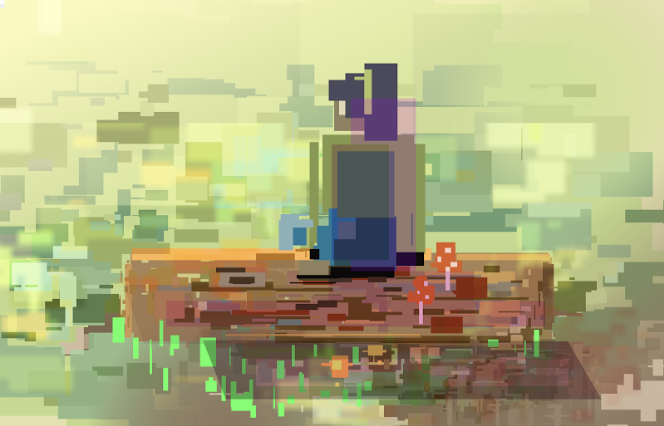•
November 17, 2024
.jpg?alt=media&token=898a1485-4fb2-4711-aed1-1db39c3c1dbe)
Falsity of Senses
To better support the bold assertion that the world is inherently subjective, we must explore how we often deceive ourselves into perceiving it as objective. In the first section, we discussed how our perception is always shifting and how a stagnant world can differ in interpretation between individuals. Now we take it a step further, suggesting that the foundation that allows for these different interpretations is itself fractured, serving as a facade for an objective reality.
To answer this question, we must evaluate how we substantiate reality: our senses. Since interaction between these senses is what provides us with an interactable existence, we must approach them individually.
Optical Illusions
Let’s first look at vision. The selectivity of the visual process has historically remained evolutionarily advantageous for our species, as fixation on irrelevant stimuli would result in a lower fitness. With that said, this has brought with it adverse effects, as this rejection of particular inputs has narrowed our vision, disregarding specific stimuli and focusing on what the brain deems as important.

Our brain does this to allow us to understand the world, however, in the process it lies to us, taking shortcuts to try and create a more palatable picture. These shortcuts are further emphasized through practices highlighting their deficiencies, for example, optical illusions.
Optical illusions take advantage of how the brain creates perception in the first place. Since the brain wants to create a convincing medium to interact with, it fills empty gaps with what it thinks should be there, typically resulting in the illusion of movement for many optical illusions. Even if a picture remains stagnant, how the lines and patterns curve tells our eyes a different story, warping the real picture into one we better understand.
Even though we are actively conscious of the deceiving nature of these illusions, we remain unable to avoid their effects. Furthermore, we accept this visual narrative, applying its elements to our everyday lives.
Vision and Depth Perception

Going more in-depth on the avenue of vision, let's paint a scene. Visualize yourself on a log overlooking a meadow. Looking down you could see the detailed notches and bumps of the wood, the blades of grass below, and the scattered flecks of dirt. Now looking up, these details shift from defined characters to a blend of colors, identifiable more by their movement with the wind than their visual details. These details exist on all logs, all blades of grass, and all dirt, but our neurological framework only allows us to see within a particular distance. Our brain has decided that the reality most palatable to us is one that blurs definition from afar, and evolution affirms this to be a proven method. However, we must not forget that the definition does exist, that our minds' rejection of it doesn’t disprove its existence in the first place, but rather allows us to interact with it in a particular manner.
Now that we have established the cherry-picking tendencies of our ocular system, how do we bring this idea to a broader discussion, or more specifically, one that emphasizes domain-specificity?
Getting rid of our vision, let us return to our scenic overlook. What would the meadow look like? The log? The grass? The dirt? Without vision, the medium of sight ceases to exist, yet the objects discovered through said process do not disappear. The interaction between our remaining four senses tells us very well that these objects remain present;they just occupy another medium of existence not quite attainable without the eye.

Take for example a bat, whose eyesight is extremely poor. For a bat, the world exists as reverberations of sound waves off walls: the world is a void that is discovered through the tools provided to them. For bats, sound acts as their eyes, as it is their way of “seeing” objects around them and interacting accordingly. The world remains the same, but the way they perceive the world is their subjective experience.
We act similarly. The world exists as a void and our senses allow us to interact with it in a particular manner, but just as a bat lacks proper eyesight, who is to say we exist in the best medium of perception? These senses are not the only senses that can interact with the world, they are just the ones we have evolved with. Although the things we interact with feel real, so too does echolocation for a bat. There are many avenues of perception available and we only occupy a few.
Knowing that the world we perceive is not fully objective brings about a plethora of implications. In this next section, we seek to explore the potential consequences of these implications, investigating the social and technological implications this idea has on the future of humanity.


.jpeg?alt=media&token=fe2f1a51-abfb-46a0-9759-cd99175007e5) Part 1
Part 1
.jpg?alt=media&token=ecbcd0dc-27bf-4599-99e3-b6fe0c230848) Part 2
Part 2
.jpg?alt=media&token=363fbbc2-3db9-48cb-9613-dbac09bd2f34) Part 3
Part 3